Riding the China-Laos Railway: Landlocked Laos gets connected to China and beyond
As the China-Laos Railway (CLR) celebrates its second anniversary on 3 December, academic Chen Xiangming and postgraduate student Shaun Hoang offer a fresh account of the transformative consequences of the China-built railway. They ask: what happens when a small and landlocked country with hardly any railway history launches a new passenger-freight railway as its transformative transport artery?
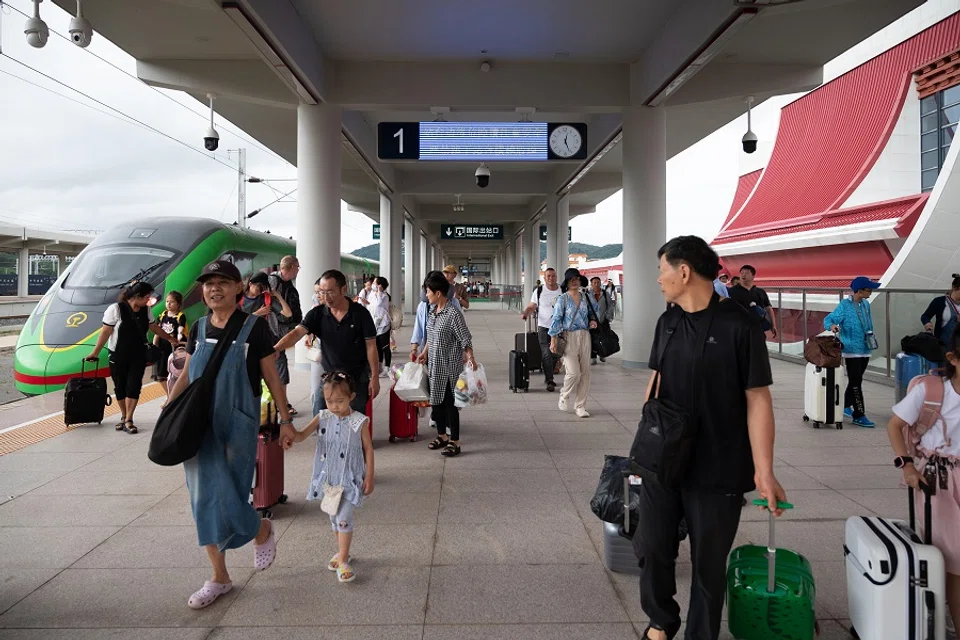
The fragrance of Laotian tea filled the air at SAN WAN LAO's booth at the 6th China International Import Expo (CIIE) held in Shanghai on 5-10 November.
A popular exhibitor who has participated in the exhibition for the third year in a row, Laotian tea brand SAN WAN LAO sent its tea to Shanghai on the Laos-China Railway for the first time in 2022. Transporting the tea using this cross-border train via Kunming, the capital city of Yunnan province, cuts the travel time from one week to three days and halves the shipping cost.
The long rail connection between Vientiane and Shanghai through Kunming reveals the scope and reach of an unprecedented cross-border railway.
Stretching over 1,035 km, the China-Laos Railway brings together the Chinese segment of around 600 km from Kunming to the border town of Mohan in Yunnan, and the Lao segment of 422 km from Vientiane to Boten bordering Mohan. The former is labelled the China-Laos Railway (CLR) while the latter is known as the Laos-China Railway (LCR). And the CLR is generally used to refer to the combined cross-border railway.
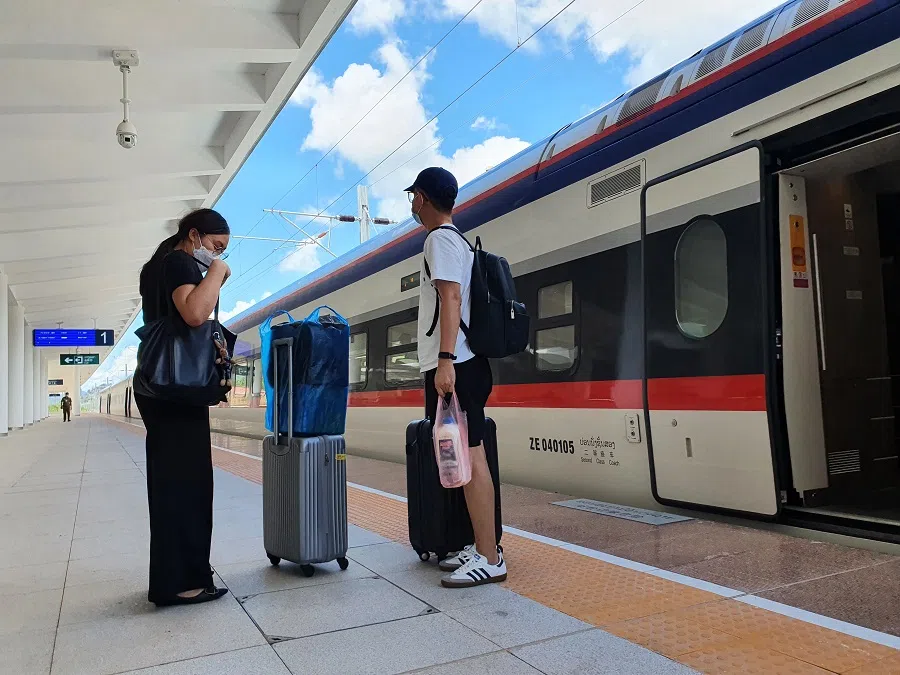
The CLR is an engineering marvel as it passes through 93 tunnels and over 136 elevated bridges in mountainous southwestern China, and 75 tunnels and over 165 elevated bridges in the Laos segment, which account for around 60% of the LCR's entire route (45% through just tunnels), mostly between Luang Prabang and Vang Vieng.
China claims it as its first overseas electric railway built completely with its own technology and equipment and a flagship project for its massive Belt and Road Initiative (BRI) that marked its first decade in October 2023.
Moving people
The CLR, especially the LCR, has ushered in a new era in cross-border human mobility between China and Laos and transformed people movement across central-northern Laos.
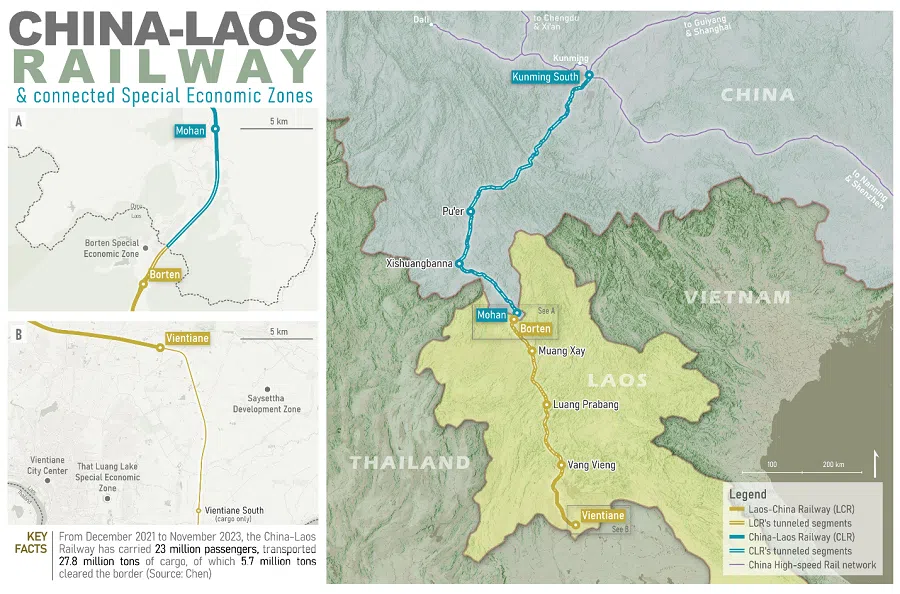
Winding across 1,380 km, Highway 13 was Laos' only north-south transport route in the 1960s-70s when it was built mostly by the Chinese People's Liberation Army as a critical supply line during the Vietnam War. Long deteriorated due to poor maintenance, it would have taken two to three days for Laotians to reach the border with China from Vientiane on slow buses plying the narrow, dangerous mountain road. This severely hampered Laos' economic development, particularly in key industries such as agriculture and tourism, for decades.
... the second-class cars were fully occupied, despite the relatively high fare of US$22 in light of Laos' very low gross national income per capita of US$2,360, in 2022.
By 2 December 2023, the CLR had moved 24.2 million passengers, 20.5 million of whom rode the train within China and approximately 4 million travelled on the LCR in Laos (map). This large imbalance aside, in comparison, the LCR has made a much bigger difference to Laotians' travel.
The LCR allows a Lao rail maintenance worker to visit her hometown of Muang Xay in northern Laos from Vientiane in 3.5 hours. A growing number of Laotians now take the LCR for business, family and tourist purposes. During his ride on the LCR from Boten to Vientiane in October 2023, Chen, one of the authors of this paper, saw that the second-class cars were fully occupied, despite the relatively high fare of US$22 in light of Laos' very low gross national income per capita of US$2,360, in 2022.
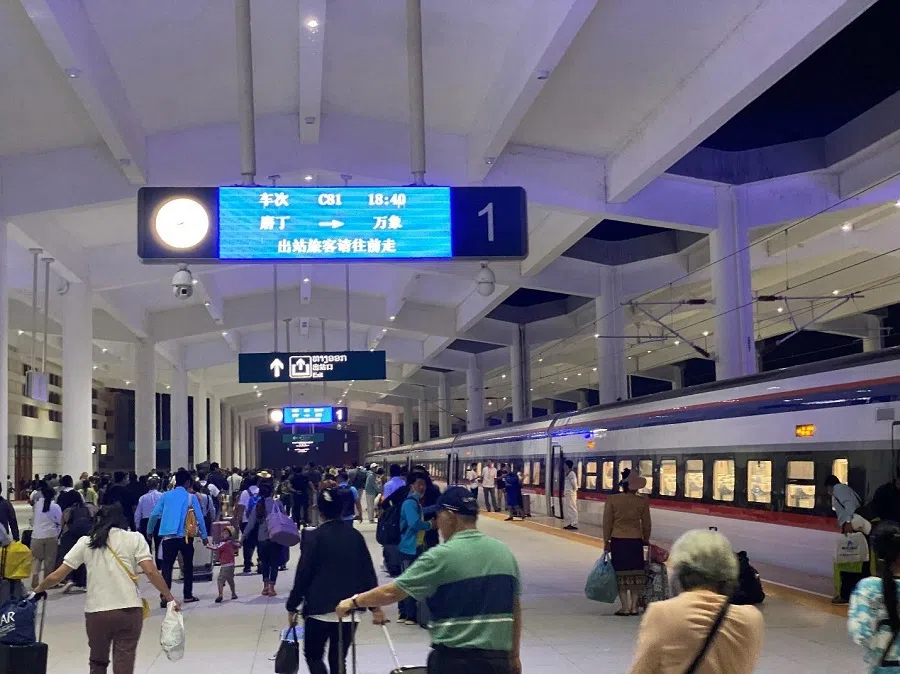
Passenger travel along the CLR has also improved and grown in other ways, especially for tourists. 13 April 2023 saw the launch of the CLR's international through train from both Kunming and Vientiane. On 25 July 2023, simplification of border-crossing procedures at Boten reduced the travel time of the international train from over ten to 9.5 hours. These improvements have helped raise the cumulative number of international tourists to around 95,000 from 72 countries and regions, through 2 December 2023.
International tourists including European backpackers have returned to Luang Prabang known for its UNESCO heritage sites, as Chen observed on the LCR in October 2023. The tourist flow along the CLR will grow further as a few Chinese and Lao tour agencies begin to organise joint trips to Luang Prabang and popular Xishuangbanna in Yunnan, with other adjacent sites of interest.
Carrying cargo across the border
The freight business also had a promising start.
By 17 January 2022, 153 freight trains in both directions carried nearly 59,500 tons of cargo valued at US$175 million covering around 100 types of goods. Yet few of these runs crossed the border due to rigid pandemic controls imposed by the Chinese side.
As the border fully opened in January 2023, the number of through freight trains jumped. Through 2 December 2023, over 7,000 freight trains shipped 29.1 million tons of cargo on the CLR. More than 2,700 types of goods amounting to 6 million tons, and at a worth of around US$3.5 billion, cleared the border.
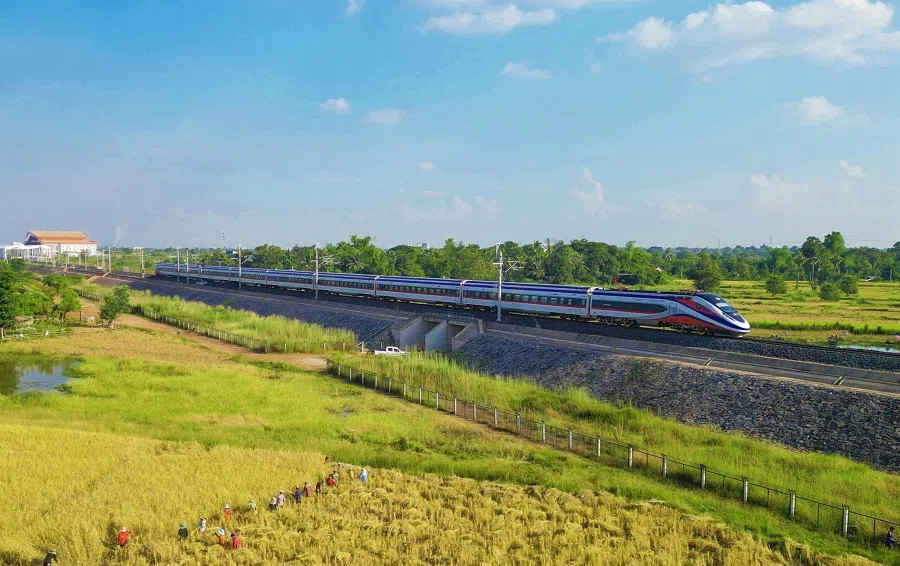
The LCR carried rubber, cassava and bananas early on, while the CLR moved construction materials and fresh vegetables and flowers, grown in abundance in Yunnan, as well as some consumer goods. The range of freight cargoes has widened to include electronic and machinery parts from China and mined commodities like potash from Laos.
... the CLR is capable of receiving and carrying cargo widely into and across China and beyond via extended freight links.
Connecting corridorisation
The LCR has also become the central connector of the China-Laos Economic Corridor bracketed by Kunming and Vientiane from both ends and mediated by the Lao Boten Border Special Economic Zone in the middle where a large freight logistics depot is being completed. The Saysettha Development Zone near Vientiane, developed by Chinese companies, already benefits from proximity to the CLR.
The Solarspace Technology (Laos) Co. from Jiangsu province, the zone's largest manufacturer of electric battery components, ships its products to China using container trucks that carry them to the LCR terminal just 20 minutes away.
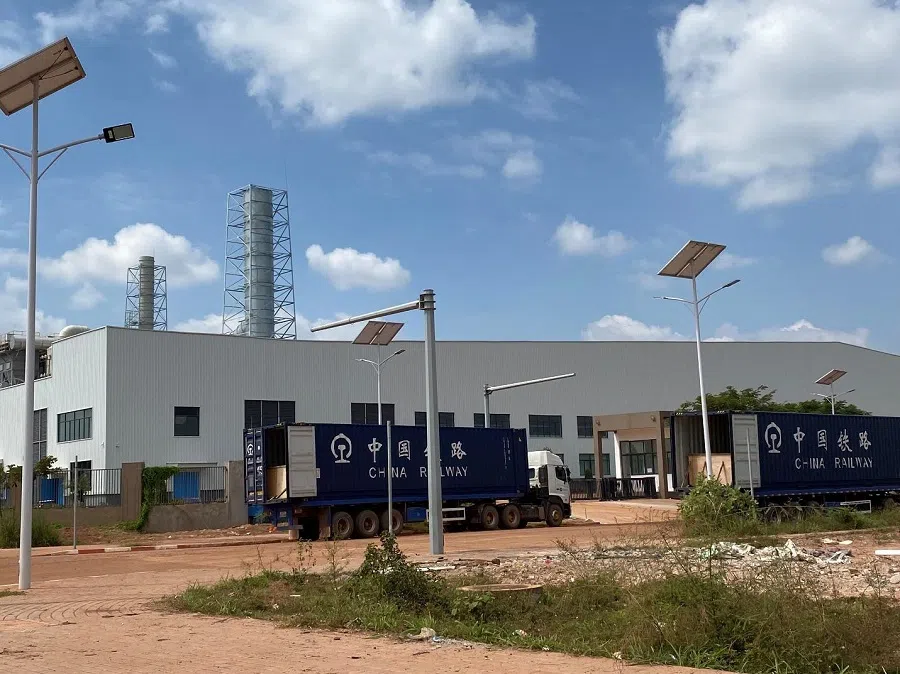
Finally, the CLR is capable of receiving and carrying cargo widely into and across China and beyond via extended freight links. Like the rail connection that brought Laotian tea to Shanghai, the LCR-CLR combo is plugged into a set of rail lines to such major cities as Chengdu, Chongqing and Xi'an.
On 2 July 2023, the CLR carried containers of car parts, arrived in Vientiane on trucks from near Bangkok, across the border to Kunming and then Chengdu where they were shipped on the China-Europe freight train to Budapest through Kazakhstan, Belarus and Poland.
As the geographic scope of the LCR's connections broadens, the railway will further strengthen its role in transforming both human and economic mobility in landlocked Laos and their extensions to China and beyond.






